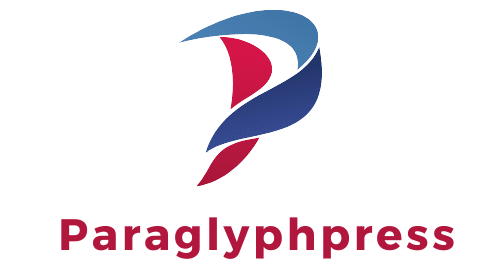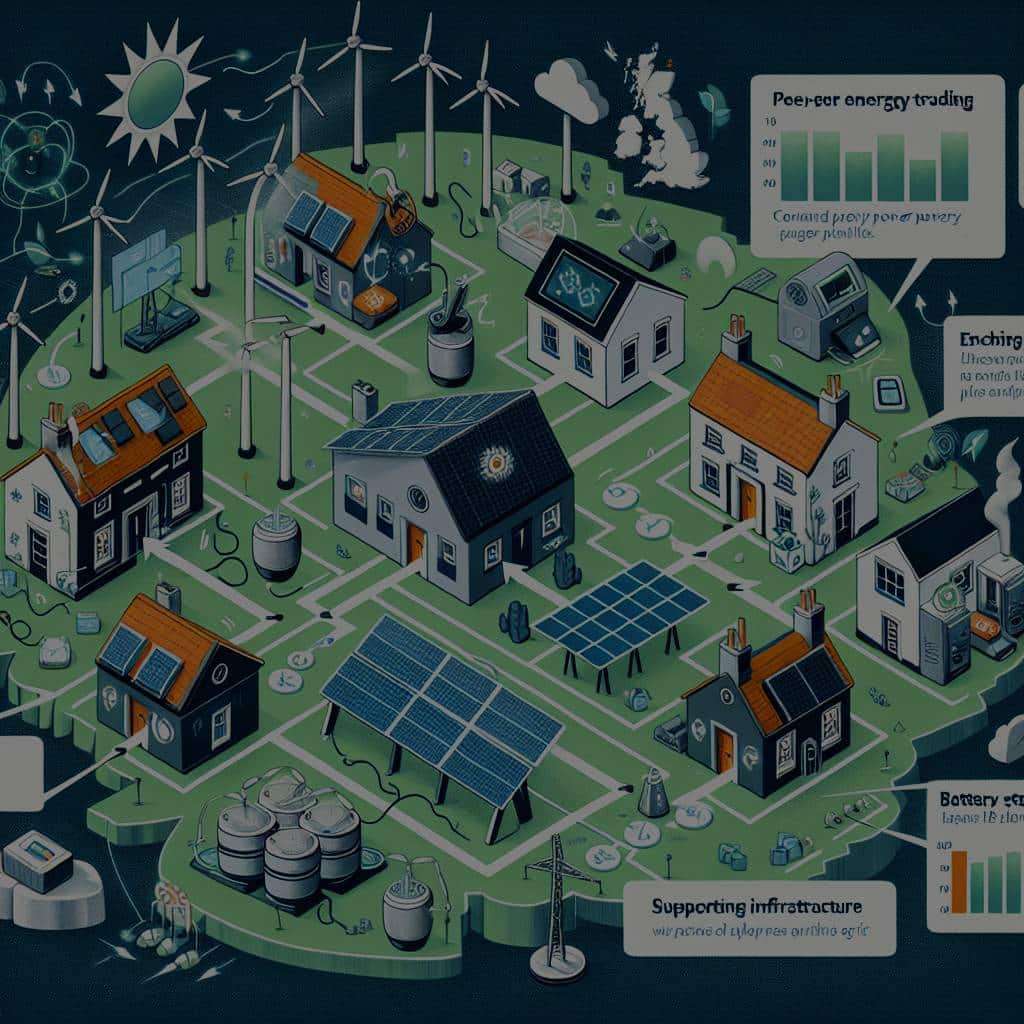As the world moves towards more sustainable energy solutions, peer-to-peer (P2P) networks are set to play a significant role in the transformation of the energy landscape. The UK is at the forefront of this change, with a push towards a smarter, more efficient power grid. We’re going to dive into the concept, discussing how peer-to-peer energy trading is weaving its way into the UK’s power grid.
Peer-to-Peer Energy Trading: A New Energy Paradigm
Decentralization is becoming the new norm across various sectors, including energy. The traditional centralized model where a few key players supply energy to the rest of the population is now being challenged by decentralized models. One such model is peer-to-peer energy trading, a system that lets prosumers (those who produce and consume electricity) trade surplus energy directly with each other.
Also to read : What’s the role of interactive e-books in UK’s educational curriculum for young learners?
In the past, the energy landscape was dominated by large power stations that produced electricity and supplied it to the grid. Consumers did not have a say in their electricity supply. However, the advent of distributed energy resources (DERs) such as solar panels and wind turbines has shifted the power balance. Now, consumers can generate their own electricity and even sell surplus power back to the grid, becoming prosumers.
The Role of Smart Grids in P2P Energy Trading
Smart grids are critical to the success of P2P energy trading. They can handle the complex task of integrating multiple energy sources, balancing supply and demand, and ensuring optimal network performance.
In the same genre : How does the UK’s aging population affect urban planning and infrastructure?
Smart grids are a significant upgrade from traditional power grids. They incorporate digital technology that allows for two-way communication between the grid and its customers. This advanced communication capability makes it possible for prosumers to trade energy directly with each other, thus creating a P2P energy trading network.
Smart grids are also designed to manage distributed energy resources efficiently. They can coordinate the operation of multiple DERs, ensuring that power is drawn from these sources when it’s most economical, thereby optimizing energy use and reducing costs for prosumers.
How P2P Energy Trading Works
In a P2P energy trading system, prosumers can sell their surplus power directly to other consumers in the network. This direct exchange bypasses traditional energy retailers, resulting in more efficient transactions and potentially lower energy costs.
To facilitate this, P2P energy trading platforms use blockchain technology. Blockchain provides a secure, transparent, and tamper-proof system for recording energy transactions. Each trade is recorded as a ‘block’ on the chain, and once added, it cannot be changed or deleted, thus ensuring the integrity of the transaction.
In practice, if a prosumer generates excess energy from their solar panels, they can sell it to another consumer in the network. The system will automatically match the seller with a buyer, execute the trade, and record the transaction on the blockchain. The price of the traded energy is usually determined by supply and demand dynamics within the network.
Benefits and Challenges of P2P Energy Trading
The emergence of P2P energy trading offers various benefits. It’s a win-win for both prosumers and consumers. Prosumers can earn revenue from their excess energy, while consumers can access cleaner, potentially cheaper energy. P2P energy trading also encourages the adoption of renewable energy technologies and contributes to the decentralization and democratization of the energy sector.
Yet, P2P energy trading is not without its challenges. One major hurdle is the current regulatory environment that is designed around a centralized energy system. Regulations will need to evolve to accommodate the new energy paradigm.
Another challenge is the technical aspect of integrating P2P energy trading into the existing grid. While smart grids are designed to handle this, there are still issues to iron out in terms of optimizing system performance and ensuring grid stability.
Furthermore, the use of blockchain in P2P energy trading raises concerns about data privacy and security. Since all transactions are recorded on a public ledger, there’s a need for robust safeguards to protect users’ data.
The Future of P2P Energy Trading in the UK
The UK has made significant strides in embracing P2P energy trading. Many pilot projects and experiments have been conducted, and it’s clear that this model of energy distribution is set to play a crucial role in the country’s future energy landscape.
In the coming years, it is anticipated that more prosumers will join the network, leading to a more robust, sustainable, and efficient energy system. It will, however, require continuous innovation, regulatory adjustments, and widespread public acceptance to fully realize the potential of P2P energy trading in the UK.
There’s no doubt that P2P energy trading represents a significant shift in the way we think about and use energy. It empowers consumers, promotes renewable energy, and challenges the status quo of the energy sector. As we move towards a more sustainable future, P2P energy trading will no doubt play a key role in this transition.
Policy Frameworks and the Growth of P2P Energy Trading in the UK
As mentioned earlier, the existing regulatory environment within the energy sector in the UK, and globally, was designed with a centralized energy system in mind. The shift to a decentralized model, with P2P energy trading, necessitates significant adjustments in these regulatory frameworks. The good news is, the UK government has shown a willingness to adapt and is actively exploring ways to create a conducive environment for the growth of P2P energy trading.
Regulatory bodies like Ofgem (the Office of Gas and Electricity Markets) have already initiated pilot projects to study the potential impact and benefits of P2P energy trading. There’s an ongoing effort to revise regulations, accommodate emerging technologies like smart grids, blockchain, and encourage the adoption of renewable energy sources.
The development of a favorable policy environment is not just about regulation. It also involves the creation of incentives for prosumers, such as feed-in tariffs and net metering policies, which can make renewable energy production and trading more attractive. These steps are crucial in encouraging more consumers to become prosumers, a vital factor in establishing a robust local energy market.
However, it’s a balancing act. While encouraging P2P energy trading and renewable energy adoption, policy frameworks must also ensure that the transition doesn’t compromise the stability and security of the power grid. Measures such as demand response programs can be beneficial in achieving these objectives, helping to balance energy demand and supply effectively within the network.
Conclusion: The Potential of P2P Energy Trading in the UK’s Sustainable Future
The UK is undoubtedly at the forefront of the shift towards a more sustainable and decentralized energy paradigm. As technology continues to evolve, and policy frameworks adjust to accommodate new realities, the UK’s power grid is set to become smarter, more democratic, and more efficient.
The concept of P2P energy trading is not just about exchanging energy. It represents a fundamental shift in the way energy is produced, consumed, and perceived. When consumers become prosumers, it changes the dynamics of power systems. People are no longer just passive consumers of energy, they are active participants in an energy internet.
The prospects of P2P energy trading go beyond economic benefits. It has the potential to drive a significant increase in the adoption of renewable energy sources, contributing to the UK’s climate goals. It can stimulate the development of advanced energy storage technologies and encourage energy efficiency practices among consumers.
The challenges, though key, are surmountable. With continuous innovation, regulatory support, and widespread public acceptance, P2P energy trading has the potential to transform the UK’s energy landscape in a significant way. In the drive towards a more sustainable future, peer energy trading will surely play an instrumental role. The age of the local energy market, powered by prosumers consumers, is upon us.






